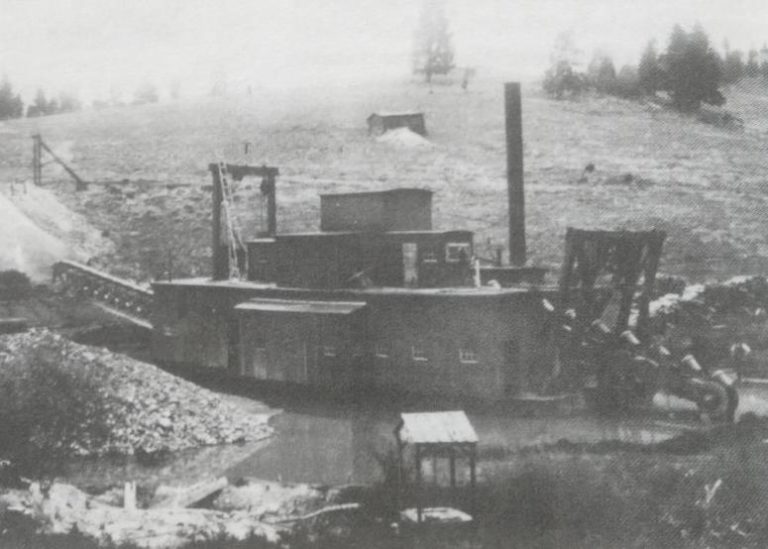

The percentage of land area within riparian zones on the Siskiyou National Forest occupied by mining claims is estimated to be only 0.1 percent.” The report goes on to say, “Over the past 10 years, approximately 200 suction dredge operators per season operate on the Siskiyou National Forest” (SNF, 2001).Ī report from the U.S. The average stream width reflected in the analysis is about 20 feet or less and the average mining claim is 1320 feet in length. The total acreage of all analyzed claims related to the total acres of watershed is about 0.2 percent. In the Oregon Siskiyou National Forest Dredge Study, Chapter 4, Environmental Consequences, some perspective is given to small-scale mining. The area or length of river or streambed worked by a single suction dredger, as compared to total river length, is relatively small compared to the total available area.” The remaining time is spent working on equipment and processing dredged material. The average number of hours is 5.6 hours per day. A recreational suction dredger (representing 90-percent of all dredgers) may spend a total of four to eight hours per day in the water dredging an area of 1 to 10 square meters.

The California Department of Fish and Game (1997) described typical dredging activities as follows’ “An individual suction dredge operation affects a relatively small portion of a stream or river. This approach is entirely inconsistent with the way in which suction dredges operate or generally impact their downstream environment. For example, they would characterize the affects of turbidity from a suction dredge as if it would impact downstream organisms in a manner that system-wide high water flow events might. It has been observed that environmentalists opposing suction dredging use data gleaned from reports that studied effects of environmental perturbations that are occurring on a system-wide basis.

Box 100 Sacramento, California 95812-0100įax: 91 email: SCALE OF SMALL-SCALE SUCTION DREDGING


 0 kommentar(er)
0 kommentar(er)
